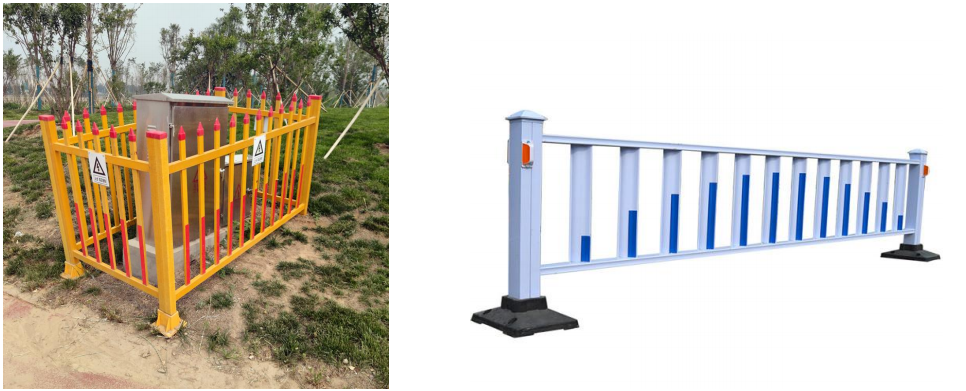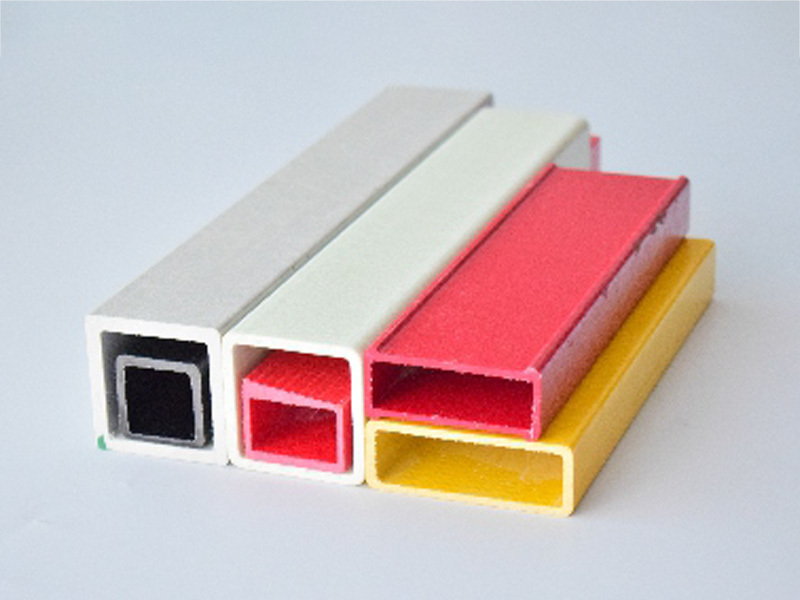Fast delivery
Global supplier
Innovative solutions
The Future of Fencing: Innovations in Customized FRP Designs for Enhanced Safety and Aesthetics
Jul 17,2025
The Future of Fencing: Innovations in Customized FRP Designs for Enhanced Safety and Aesthetics
Table of Contents
- 1. Introduction to FRP Fencing
- 2. Benefits of FRP Materials in Fencing
- 3. Customization Options for FRP Fencing
- 4. Applications of FRP Fencing in Transportation Safety
- 5. Sustainability and Environmental Impact of FRP Fencing
- 6. Future Trends in FRP Fencing Technology
- 7. Challenges and Solutions in FRP Fencing
- 8. Conclusion
- 9. FAQs
1. Introduction to FRP Fencing
Fiber Reinforced Plastic (FRP) fencing has emerged as a revolutionary material in the field of fencing solutions. Combining fibers such as glass or carbon with a polymer matrix, FRP offers an innovative alternative to traditional fencing materials like wood, metal, and concrete. The future of fencing is not only about providing safety but also about enhancing aesthetics and functionality. FRP fencing designs are now customizable, allowing for a wide array of applications in various environments.
2. Benefits of FRP Materials in Fencing
FRP materials come with a host of advantages that make them exceptionally suitable for fencing applications.
2.1 Durability and Longevity
FRP fencing is resistant to corrosion, weathering, and UV degradation, making it significantly more durable than conventional materials. This durability translates to a longer lifespan, reducing the need for frequent replacements and repairs.
2.2 Lightweight Yet Strong
The lightweight nature of FRP does not compromise its strength. This combination allows for easier installation and transportation, leading to reduced labor costs and project timelines.
2.3 Low Maintenance
Unlike wood, which requires regular staining and sealing, or metal, which may rust or corrode, FRP fencing requires minimal maintenance. A simple wash with soap and water usually suffices to keep it looking new.
2.4 Aesthetic Versatility
FRP can be manufactured in various colors, textures, and designs, offering a unique opportunity to blend functionality with aesthetics. Customization options allow for the creation of tailored solutions that fit specific environmental and contextual needs.
3. Customization Options for FRP Fencing
The customization of FRP fencing is where the material shines, providing endless design possibilities to suit any project requirement.
3.1 Color and Texture Choices
With advanced manufacturing techniques, FRP can be produced in a vast spectrum of colors and textures. This flexibility enables architects and designers to create unique fencing solutions that complement the surrounding landscape or architecture.
3.2 Shaping and Design Innovations
Customizable molds allow for intricate designs, curves, and shapes that traditional fencing materials cannot replicate. These aesthetic enhancements can elevate a property’s value and curb appeal.
3.3 Integration with Technology
Modern FRP fencing can integrate with various technologies, including sensors and lighting systems, creating dynamic security solutions. This tech-enabled fencing can enhance safety by providing real-time monitoring of premises.
4. Applications of FRP Fencing in Transportation Safety
In the transportation sector, safety is paramount. FRP fencing offers numerous applications that enhance safety measures on roads, highways, and railways.
4.1 Highway Barriers
Customized FRP fencing serves as effective highway barriers, protecting vehicles and pedestrians from hazards. The lightweight nature ensures easy installation while maintaining robust strength to withstand impacts.
4.2 Railings and Guardrails
In rail transportation, FRP can be effectively utilized for guardrails and railings. Its resistance to harsh weather conditions makes it ideal for outdoor applications, providing safety without the risk of corrosion.
4.3 Pedestrian Safety Fencing
FRP fencing can be designed to guide foot traffic safely around construction sites or hazardous areas. Its visibility can be enhanced through various color choices, ensuring pedestrians are aware of boundaries.
5. Sustainability and Environmental Impact of FRP Fencing
In an era where sustainability is a priority, the environmental impact of fencing materials cannot be overlooked.
5.1 Recyclability of FRP
While traditional fencing materials are often discarded at the end of their life cycle, FRP can be recycled and repurposed. This aspect significantly reduces waste and contributes to a more sustainable construction industry.
5.2 Energy Efficiency in Production
The manufacturing process for FRP is generally more energy-efficient compared to metals and concrete. Less energy consumption translates to a lower carbon footprint.
5.3 Reducing Ecological Footprint
By opting for FRP fencing, industries can significantly minimize their ecological footprint. The material’s longevity and low maintenance requirements contribute to reduced resource consumption over time.
6. Future Trends in FRP Fencing Technology
As technology evolves, so do the possibilities for FRP fencing solutions.
6.1 Smart Fencing Solutions
The integration of IoT (Internet of Things) within FRP fencing systems will allow for enhanced security features. Smart fencing can include sensors that detect unauthorized access, automatically alerting property owners or authorities.
6.2 Enhanced Durability Technologies
Future advancements may lead to the development of FRP systems that are even more resistant to environmental conditions, expanding their use in extreme climates.
6.3 Biodegradable Options
Research into biodegradable composites is gaining momentum. In the future, we may see FRP fencing materials that are not only durable but also environmentally friendly and capable of naturally decomposing.
7. Challenges and Solutions in FRP Fencing
Despite the numerous benefits, there are challenges associated with FRP fencing that need addressing.
7.1 Initial Costs
The initial investment in FRP fencing can be higher than traditional materials. However, the long-term savings in maintenance and replacement costs can offset this initial expenditure.
7.2 Limited Awareness
Many construction professionals and property owners are still unaware of the benefits of FRP fencing. Increased education and outreach are essential in promoting these innovative solutions.
7.3 Customization Challenges
While customization is a strong point, it can also lead to complications in production and delivery times. Streamlining the design process and enhancing manufacturing techniques will help mitigate these issues.
8. Conclusion
The future of fencing is undeniably shifting towards innovative, customized Fiber Reinforced Plastic designs. With benefits that include durability, low maintenance, aesthetic versatility, and sustainability, FRP fencing is poised to redefine safety and functionality in various applications. As we continue to explore the advancements in this field, it's clear that FRP fencing will play a pivotal role in shaping the infrastructure of tomorrow, ensuring safety while enhancing the visual appeal of our environments.
9. FAQs
1. What is Fiber Reinforced Plastic (FRP)?
FRP is a composite material made from a polymer matrix reinforced with fibers like glass or carbon, offering enhanced strength and durability compared to traditional materials.
2. How does FRP fencing compare to traditional fencing materials?
FRP fencing is lightweight, corrosion-resistant, and requires far less maintenance than traditional materials like wood or metal, making it a more efficient choice in many applications.
3. Can FRP fencing be customized for specific projects?
Yes, FRP fencing offers extensive customization options in terms of colors, textures, and designs, allowing for tailored solutions to meet project requirements.
4. Is FRP fencing environmentally friendly?
FRP fencing is recyclable, and its production process is often more energy-efficient compared to other fencing materials, contributing to reduced environmental impact.
5. What are the future trends for FRP fencing technology?
Future trends include smart fencing solutions integrated with technology, enhanced durability features, and the development of biodegradable options, positioning FRP as a leader in sustainable fencing solutions.
PREVIOUS:
Contact Us
Tel:
+86017717930013 +86013621742959
Email:
Address:
No.99 Denggao Road, Motou Town, Rugao City, Jiangsu Province, China.








